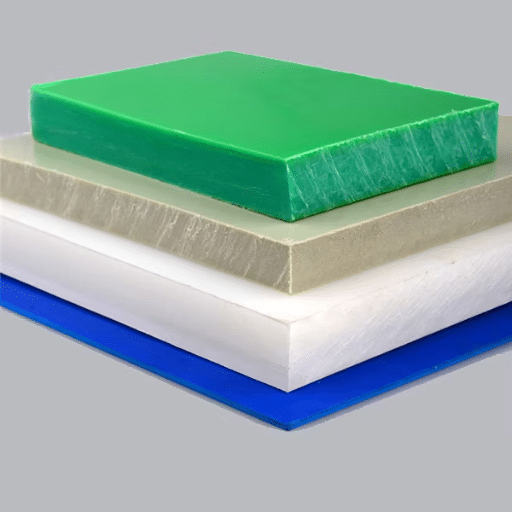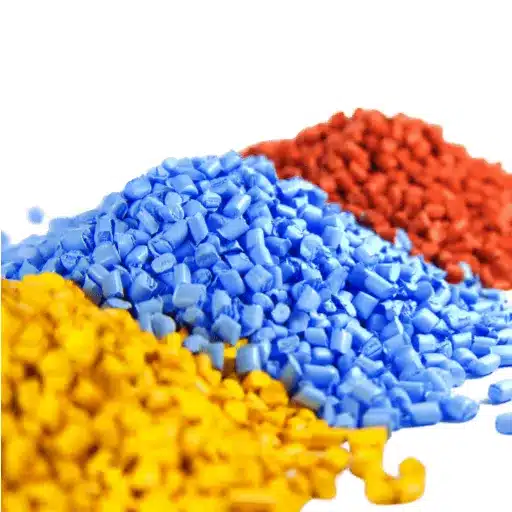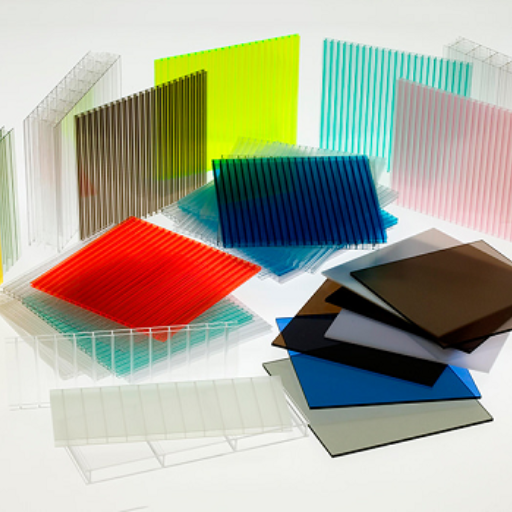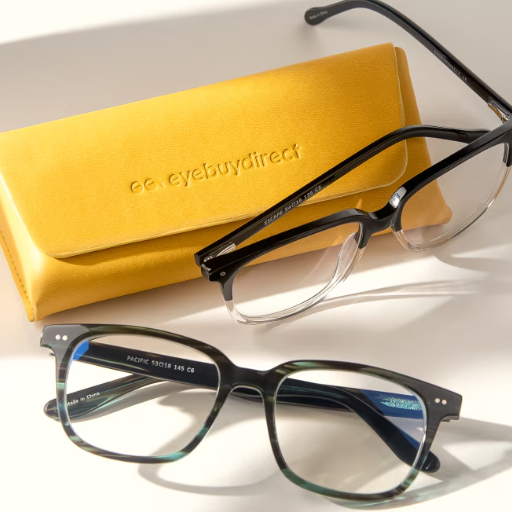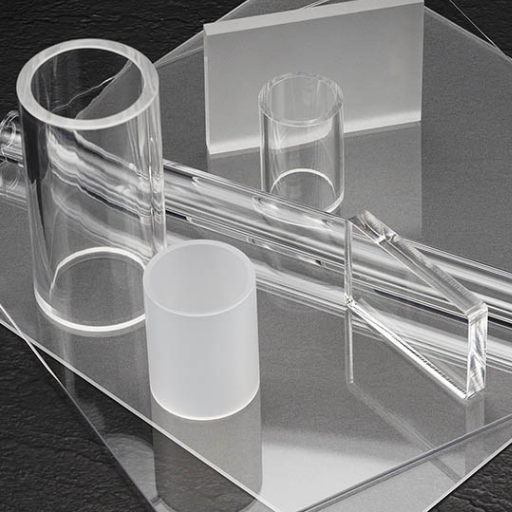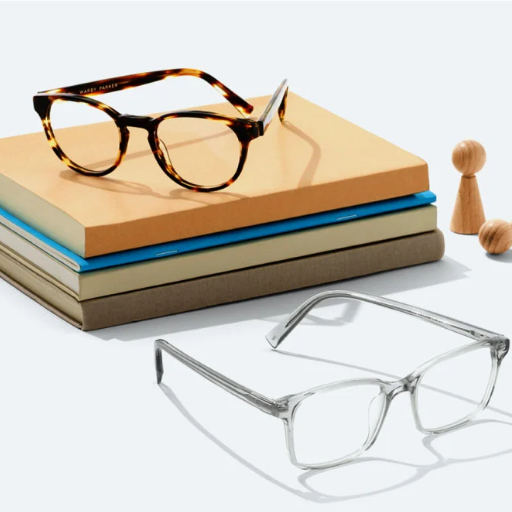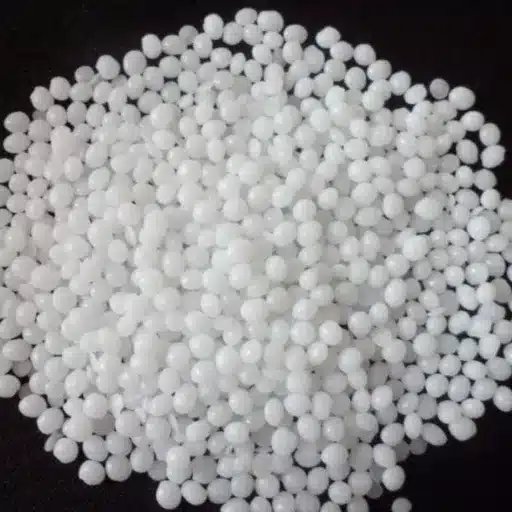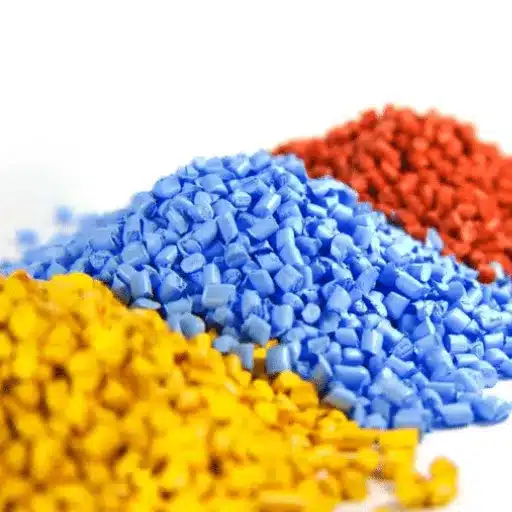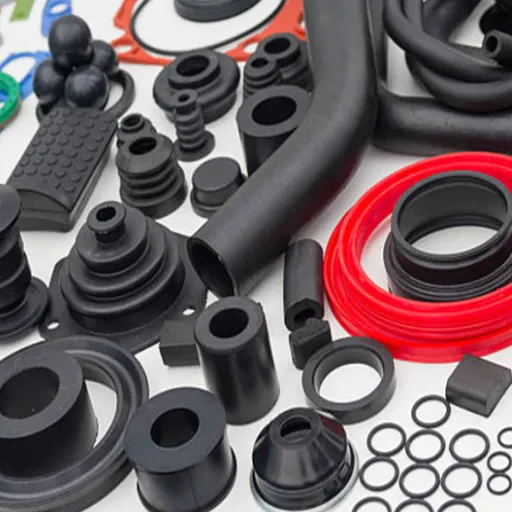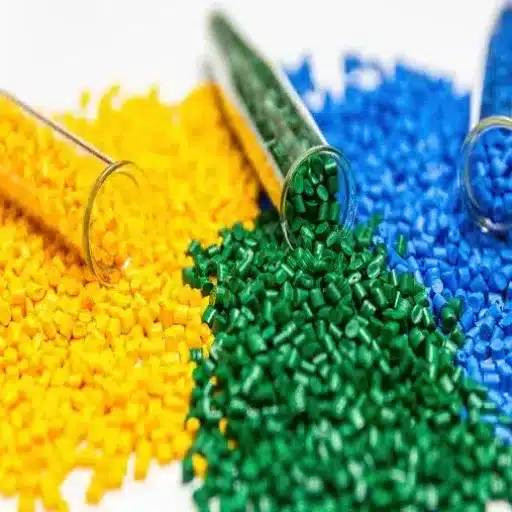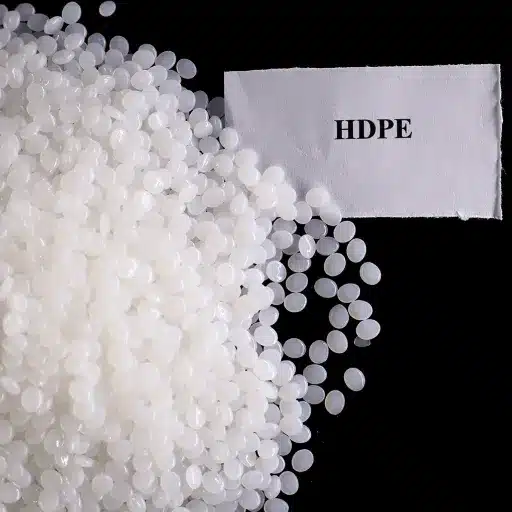Modern advancements in manufacturing facilitated the expansion of injection molding technology in various plastic materials, with polycarbonate being among the most durable and versatile available in the market. Polycarbonate is known in the industry for being effective in the construction of automotive parts, medical instruments and equipment, consumer items that include electronics, together with many other products that can benefit from its toughness, clarity and resistance to high temperatures. This expertise delves more into the mechanics of the process vis-a-vis its capacity to excellent quality end products with the employment of polycarbonate. You are looking forward to incorporating it in your project, or perhaps improving the already existing processes. This article will provide you with practical information and skills. Come along as we dissect out the advantages, difficulties, and new changes with polycarbonate plastic injection moulding.
Understanding Polycarbonate
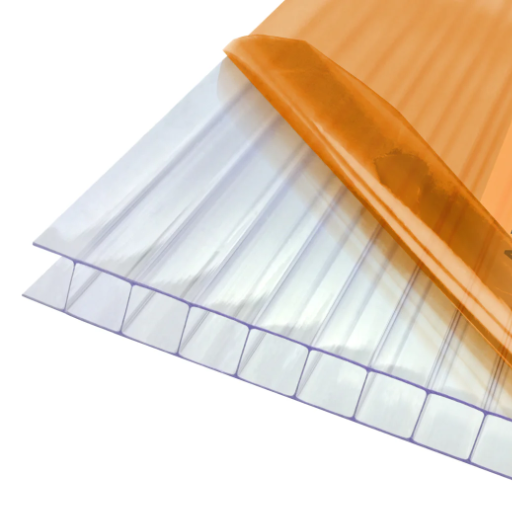
Polycarbonate is a type of thermoplastic polymer that is appreciated due to its significant strengths, tough characteristics and clarity. Following that, one can notice that within such spheres like automobile, electronics or construction, the use of polycarbonate can be generalized because of the long lasting and multipurpose features that the material has. This quality is enhanced by 1 which assures that the material does not lose its functioning properties when encountering elevating temperatures or a wetter climate. Secondly, polycarbonate is lightweight and hence it is mostly used in producing accessories such as spectacles and protective guards. Such accessories when manufactured using polycarbonate can be advantageous since the material, being injectable, can comfortably be formed into corners and intricate designs without manufacturing challenges.
Properties of Polycarbonate
- Mechanical Strength
Polycarbonates possess impressive resistance to impact, with an Izod impact strength that ranges from 600 to 850 J/m, hence making it approximately 250 times stronger than glass in terms of mechanical strength.
- Thermal Resistance
The substance maintains its properties as Technical polycarbonate over a broad range of temperatures, typically from -40°C to 120°C (-40°F to 248°F). The said characteristics are because of its unique glass transition temperature of 147°C, which makes the degradation when exposed to higher watts, even stepwise.
- Optical Clarity
Attaining a percentage rate of light transmission of around 88 – 92%, polycarbonate is nearly similar to optical glass, and it’s ideal for use in clarifying lenses, light covers, and even providing those see-through protection barriers.
- Low Density
Polycarbonate has a density of roughly 1.20g/cm³, which is much lighter than metal and glass, and is the basis for its use in situations requiring lightweight design.
- Flame Resistance
Polycarbonate is categorized as a self-extinguishing substance which can meet the flame resistant class, UL 94 rating without any significant problems (with respect to the V-0 and V-2 ratings that is). These properties feature polycarbonate as a safe material also in electric and electronic applications.
- Electrical Insulation Properties
With a relatively high dielectric strength of around 25 kV/mm, polycarbonate excels in the applications of an insulator, especially for electrical equipment.
Compare Polycarbonate with other materials
|
Property/Parameter |
Polycarbonate |
Acrylic |
ABS |
PVC |
Glass |
|---|---|---|---|---|---|
|
Impact Resistance |
High |
Moderate |
High |
Moderate |
Low |
|
Transparency |
Excellent |
Excellent |
Opaque |
Opaque |
Excellent |
|
Heat Resistance |
High (up to 135°C) |
Moderate (up to 85°C) |
Moderate (up to 100°C) |
Moderate (up to 80°C) |
Very High (up to 250°C) |
|
Flame Resistance |
Self-extinguishing |
Not inherently flame resistant |
Varies by grade |
Self-extinguishing |
Non-flammable |
|
Chemical Resistance |
Moderate |
High |
Moderate |
High |
High |
|
Weight |
Lightweight |
Lightweight |
Lightweight |
Lightweight |
Heavy |
|
Cost |
Moderate |
Typically lower than polycarbonate |
Lower than polycarbonate |
Low |
High |
|
Ease of Machining |
Excellent, easy to mold |
Easy to fabricate |
Easy to mold |
Easy to fabricate |
Difficult to machine |
|
UV Resistance |
Moderate |
Good, with coatings |
Poor |
Moderate |
Excellent |
|
Electrical Insulation |
Excellent |
Poor |
Excellent |
Excellent |
Poor |
Benefits of Polycarbonate in Injection Molding
- High Impact Resistance
Due to some potent tensile strength not inherent in any other material, polycarbonate has an absorbed toughness for tensile impact of 850 J/m which is generally far higher than that associated with most plastics. A characteristic that is unlikely to be present in most plastics, making polycarbonate a durable material, is ideal for conditions such as protective equipment, car accessories, or even safety gear.
- Transparency and Optical Clarity
With a light-transmitting rate of about 88-92%, the material also possesses remarkable optical features. This would make lenses, light covers, and other see-through items the ideal application, marrying beauty and usefulness.
- Dimensional Stability
Another notable aspect of Polycarbonate is that it maintains excellent dimensional stability under various temperatures and environmental conditions, so that you have exactly molded parts at the end of the manufacturing process. This factor is most important for materials that are used in accurate applications, such as medical appliances and other components that go into machines.
- High Heat Resistance
Polycarbonate has a fairly high glass transition temperature, about 147°C and maintains it mechanical properties over a broad temperature range. This heat resistance is the reason the material is recommended in applications that often overheat, such as lighting fixtures and electronics components.
- Electrical Insulation
Polycarbonate Injection Molding Process
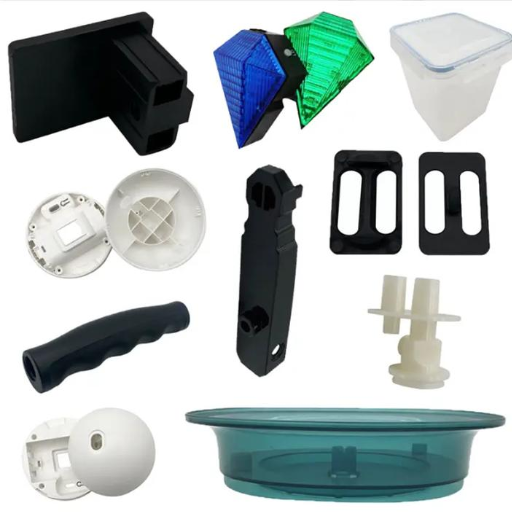
The applications of polycarbonate involve many crucial steps in order to achieve accurate results and applicable materials. Initially, the polycarbonate resin is placed in a hopper and directed into the barrel, where specific heating causes it to reach its melting point which is generally between 270°C and 320°C. Melted resin is then pumped into a predesigned shape in the mold using high injection pressure. The mold is maintained at a temperature ranging from 80°C to 120°C to prevent warping and ensure consistent progress of the cooling. It is then allowed to solidify, followed by opening of the mold to retrieve the part. In order to minimize defects such as warping, voids and surface blemishes, proper management of temperature and pressure, in addition to cooling times, is imperative.
Preparation for Polycarbonate Injection Molding
Pre-work for polycarbonate injection molding on the other hand starts with the raw material selection and the predrying of any recyclables. The mechanical properties of polycarbonate resins decrease if there is any triggering, including moisture; hence, appropriate precautions need to be taken for materials of polycarbonate molecules. Another important process, which is usually recommended before any molding, is the drying of materials. Before a molding process, a resin can be dried by placing it in a desiccant dryer and performing heating at around 120°C to 130°C for about 4-6 hours. If excessive moisture content persists due to poor or insufficient drying, the process of molding can damage the material and affect intrinsic properties like expansion resistance and tensile strength.
The use of the itchy-necessary materials is introduced to the process the help the correct viscosity and polycarbonate characteristics. Even though a good starting point in the process of injection, preheating using an oven is also a warming step in the process. There is a regular melting process between 260°C and 320°C. Applying the material to be mixed thoroughly during the heating process as a procedure in solving the issue. The particular material has very well-composed assignments when avoiding the oil, otherwise, it’s useful in other applications or by enhancing the manufacturing quality. This is because the material is prone to degrade if it exceeds the recommended temperatures. Finally, within the devices, some reparation units are built in the heating section under the heating tubes. Making the insert also significantly changes the material composition.
The Injection Molding Process
As the name suggests, the injection molding process commences with the accurate measurement and melting out of thermoplastics or thermosetting polymer resins. These materials are poured inside the injection molding machines’ barrel and the barrel moves the material under pressure to a piston or rotating screw, which further exerts pressure on it and heats it to reach its melting temperature which ranges from 200°C to 350°C depending on the type of the resin. Stressing once more, returning to the optimal conditions for temperature control must be emphasized as a solution to avoid material consistency issues, and careful steps should be followed for avoiding degradation and for avoiding leaving of incomplete polymer chain formation of the materials.
After melting, the polymer is then forced into the mold cavity through open gates and runners. Speeds and pressures of injection are modified so as to fill the mold as quickly as possible without creating flow defects and without leaving any voids. This process may require varying pressures, which are basically 10,000 psi up to 30,000 psi, which are subject to the material and the degree of mold and part convexity. Owing to its controlled nature, the advance of the injection will help in reducing stress in the materials and, when possible, help in avoiding weld lines. These factors may affect the strength of certain areas of the molded part.
The material upon entered into the mold it is rapidly cooled down so that the desired shape is kept intact. The cool down times are usually the longest single segment of the total cycle which is indicative of the need for good molding cycle control. Many molds have water or oil lines embedded in them that may also contain temperatures from 15°C to 60°C to enhance heat transfer and reduce cycle time, respectively.
Applications of Polycarbonate Injection Molding
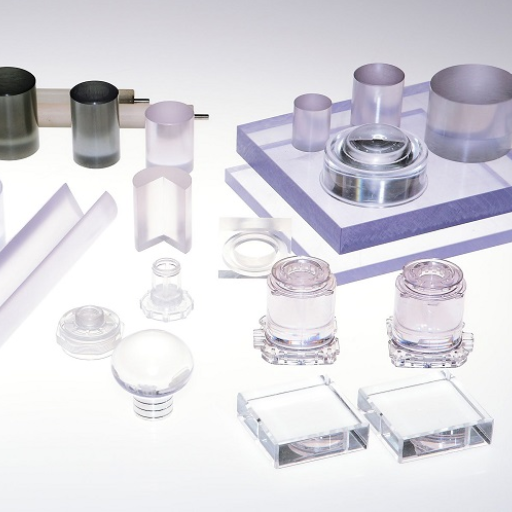
- Automotive Industry
It is no surprise that the automobile parts suppliers use Polycarbonate for the manufacturing of such dearly components like the head lamp, the interior panels, and even the dashboard of their cars. Marks have shown that, compared to the traditional method that has been in use for several years, polycarbonate reduces the weight of these components by more than half, which is a way to reduce the load on the car, thereby improving the fuel efficiency. Its greater endurance of impact allows it to withstand stress forces and thus enhance the safety of the vehicle.
- Consumer Electronics
Plastic in the shape of a smartphone, laptop, the protective case for the laptop, and also the expansion module with a bolt-shaped hole and an array of contacts you can’t believe, are certainly end use in the consumer electronics sector. Produced polymer of higher thickness and high Insulation Resistance allows for accommodation of sensitive electronic chambers. Moreover, antiflame properties are ensured in advanced formulations of polycarbonates to satisfy the safety strictures also such as UL 94 compliance.
- Medical Devices
Polycarbonate has also found application in the medical field, where it is instrumental in the development of items such as syringes, blood analyzers, or surgical equipment. The various enhancing features of the polycarbonate also include its ability to withstand cleaning chemicals, a high clarity level, and also sterilization processes unique to the surgery theater. With this process, engineers are able to copy the design and produce thousands of uses for technology with restricted tolerances that are found in hospital operations.
- Construction Sector
Transparent polycarbonate sheets and soapless molds are in high demand in construction, especially in the placement of window frames, roofs, as well as partitions for safety. Constantly improving its durability to stress, polycarbonate strengthens building materials which are lighter in weight than the rest of the existing constructions. The latest studies have also revealed that the demand for polycarbonates in the construction industry is expected to grow by 6.2% annually due to the increased use of the material in contemporary and sustainable architectural development.
- Lighting and Optics
The good optical transparency of polycarbonate and the ability to process it easily in complicated shapes, made it possible to apply the material for the production of lenses and LED luminaries. Its high refractive index ensures efficient light dispersion that allowsfor reducing energy consumption in residential and industrial sectors while improving performance.
- Aerospace and Defense
Polycarbonate injection molding technologies offer weight reduction in aerospace and defence applications, in particular, parts like cockpit canopies, visors and protective or weapons shields which need to balance both impact and thermal characteristics. The compliance of polycarbonate with rigid FAA standards shows its potential for deployment in these applications crucial for public safety.
Automotive Parts
Polycarbonate injection molding has a crucial role to play in the automobile sector by simply providing a useful material for the fabrication of different advanced quality components. Polycarbonate’s lightness is a significant benefit since it allows for lighter fuel-laden vehicles and efficient reduction of carbon emissions. Such sections include headlamp assemblies, interior trims, and dashboard, where professionals’ concern is optical quality and heat resistance, and deformation resistance is of particular importance. Additionally, polycarbonate possesses strain value, such that it does not break in regions where the vehicle is likely to collapse, and its injection molding can be controlled to make the complicated recess for ADAS. Data from the markets show that more and more electric vehicles use polycarbonate – it’s natural given its ability to fulfill the conditions of loads as well as aesthetic requirements.
Medical Devices
Given the great chemical resistance, biocompatibility and unrivaled visual features, it is only fitting that polycarbonate should feature prominently in medical device manufacturing. It is highly effective in sterilization methods such as autoclaving and even gamma radiation, which makes it useful in surgical theatres and interveners and in other laboratories. Embracing of standard care units countable applications as blood gas obstruction, hemolysis filtration as well as triple array delivery systems where strength and adequacy are high indeed. There is also literature about the prospects of using polycarbonate in mobile medical gadgets such as wearable reconstruction on the likes of glucose monitors and biosensors, while the increase is associated with the fact that polycarbonate is appropriate for use where one intends to put light and complex geometrical structures. The existence of such properties, plus meeting other medical requirements like ISO 10993 certification status, converts polycarbonate to a material that is acceptable to all health professionals in modern life.
Consumer Electronics
Challenges in Polycarbonate Injection Molding
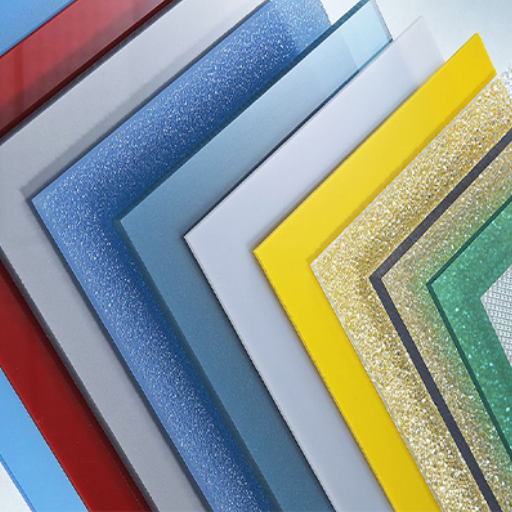
Challenges in polycarbonate injection molding are related to the prior relationship with its thermo-physical properties. Some of the major challenges are exposure of the material to high shear rate and high temperatures, leading to the possibility of deformation, reduction of the material’s strength and discoloration of the molded product. Of additional concern is that shrinkages and warping caused by temperature cannot be corrected when they occur in polycarbonate. Polycarbonate also takes in little moisture, this means that a lot of it has to be dried out completely before processing in order to prevent defects such as bubbles, scuffs and strays in the surface. Ways to overcome these obstacles will require fine control of processing parameters – temperature, pressure, and time of cooling – all of which determine quality and reliability of the output product.
Common Disadvantages of Polycarbonate Injection Molding
- High Material Cost
The cost of polycarbonate is significantly higher than that of some other common plastics such as polypropylene or Acrylonitrile-Butadiene-Styrene, which is referred to as ABS. This attribute impacts the total cost of producing the material and suits it less to applications where volume and cost of production matter.
- Susceptibility to Stress Cracking
Given that polycarbonate features an amorphous phase, its injection processes may develop internal stresses, especially where uneven coolings or high clamping forces prevail. The internal stresses may become apparent in the form of elongated cracks in certain components and chemical or other mechanical load acceleration.
- Moisture Sensitivity
One of the many properties of polycarbonate is its hygroscopic nature which causes the moisture content within it to be elevated very quickly. When such polycarbonate is not correctly dried before compression molding most defects can surface like visible streaks and voids present in the molded parts or brittleness basics leading to weakening of the designs.
- Complex Processing Requirements
The injection of polycarbonate possesses the necessity of controlling various process parameters such as the temperatures of the molten pulp, the injection rate, and the cooling times. Given the nature of PC polymers, even a minor deviation from the optimum conditions can result in warping, deflections, where the cavity remains unoccupied, and other process-related challenges, necessitating frequent settings, which require skillful users.
- Limited Chemical Resistance
The disadvantages of polycarbonate are that it is extremely durable, although it is destructible in contact with specific chemicals, alkalis as well as aromatic hydrocarbons. Moreover, its usage is restricted in atmospheres that contain the aforementioned chemicals due to the possibility of degradation which would affect its mechanical properties and transparency.
Addressing Warping Issues
Several techniques can be adopted to counter the effect of the warping, but this will depend on the application and the properties of the material in question. One of the most important is the initial part design as when the injection part walls of the material are not within the tolerances of uneven thickness, built-in draft is what can be introduced to the cooling female mold, which helps to reduce internal stresses. Another one in the last cooling procedures is annealing of materials, since stress in the material can be relieved, which will help with warping. At last, the ability to control the rate of cooling is another step in the right direction. This is because improper cooling is the number one contributor to the warping of components. Also, to a great extent, skilled work within the process of minimizing warping is a correct preparation for cooling. It is concluded that it is possible to install a unit dedicated to the cooling of these walls. For instance, it is possible to enhance the two options by using advanced energy efficiency with other services.
Trends in Polycarbonate Injection Molding
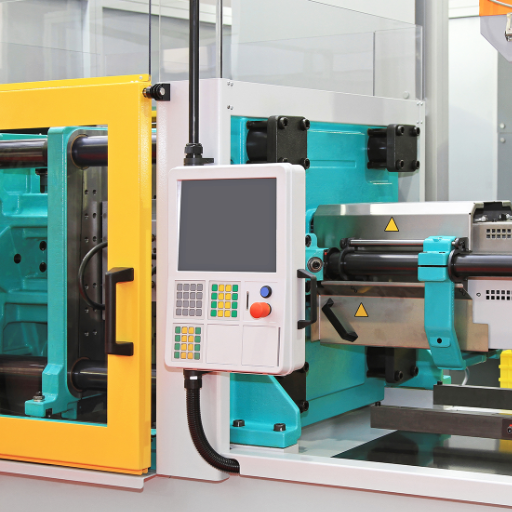
Polycarbonate injection molding is a field with a formidable future due to an increase in technology and demand dynamics in the world. One of the factors that has come up over the years is the use of automation and robotics as a means of increased precision and promptness during the product’s shaping process. Use of automated systems reduces the cycle times, avoids unnecessary overshoots and as a result cuts the material to be wasted. Also worth noting is the current use of computer graphing for advancement. The techniques make things done correctly in the initial stage, hence render minimal defects later and correctness within the shortest period of time. Furthermore, technology that allows the use of recycled polycarbonate in the field helps ensure that the product is enhanced without creating any adverse effects to the ecology.
Advancements in Injection Molding Technology
Sustainability Efforts in Polycarbonate Manufacturing
It is known that much can be done in the present production environment due to the fundamental changes in approaches to production in the field of polycarbonate memory systems (10). One of these bold steps is installing eco-friendly processing centers to promote an ecological way of the plastics life cycle. The most typical solution within this approach was a plastic shredder and dryer embedded within a bigger industrial complex, which was also connected to the power plant, which served among others for electricity generation and for the operation of some industrial machines.
Reference Sources
1. Considerations on the Drying of Raw Material and Consequences on the Quality of Injected Products
- Moisture content in polymers like polycarbonate significantly impacts the quality of injection-molded parts. Excess moisture leads to defects such as streaks, cavities, and reduced mechanical properties.
- Proper drying techniques, such as desiccant dryers, are essential to maintain material performance and reduce defects.
2. New Design and Injection Molding Analysis of a Low Smoke Zero Halogen Cable Trunk
- A new cable trunk design using PC/ABS polymer alloy was developed to replace traditional PVC-based trunks.
- Optimal injection molding parameters were identified to minimize warpage and improve product quality.
- Polycarbonate exhibited lower shear bond strength and higher surface roughness compared to heat-cured acrylics.
- Polycarbonate’s cost was higher, making it less favorable for denture bases despite its unique properties.
Frequently Asked Questions (FAQs)
Q: What is the polycarbonate injection molding process?
A: The polycarbonate injection molding process involves melting polycarbonate pellets and injecting the molten plastic into a mold to create various parts. This process allows for the production of complex shapes and detailed designs due to the high fluidity of molten polycarbonate. Key parameters such as injection speed and mold temperature play crucial roles in the success of the operation. Additionally, the process can be fine-tuned for different applications of polycarbonate, ensuring optimal performance. By adjusting these parameters, manufacturers can produce components with varying wall thickness and achieve the desired finish. This versatility makes polycarbonate a popular choice in plastic manufacturing.
Q: What are the benefits of using polycarbonate for injection molded parts?
A: Polycarbonate offers numerous benefits when used for injection molded parts, including exceptional durability and impact resistance. This type of polycarbonate is widely used in various consumer products and applications due to its strength and lightweight nature. Moreover, polycarbonate molded parts can withstand high temperatures and are resistant to UV light, making them suitable for outdoor applications. The low cost per part achieved through efficient injection molding processes contributes to its popularity in plastic manufacturing. Additionally, polycarbonate’s ability to be molded into intricate shapes allows for innovative design possibilities. Overall, these benefits make polycarbonate an ideal choice for durable plastic components.
Q: What are the applications of polycarbonate injection molding?
A: Applications of polycarbonate injection molding are vast and varied, ranging from automotive components to consumer electronics. This versatile material is commonly used in the production of safety glasses, light covers, and protective equipment. Its strength and clarity make it an excellent choice for applications requiring both durability and aesthetics. Furthermore, polycarbonate is used in the creation of complex injection molded parts that require precise dimensions. The ability to produce parts with intricate designs facilitates its use in industries such as aerospace, healthcare, and construction. As a result, polycarbonate injection molding is integral to modern plastic manufacturing.
Q: What are the disadvantages of polycarbonate injection molding?
A: While polycarbonate injection molding has many advantages, there are also some disadvantages to consider. One major drawback is the susceptibility of polycarbonate to scratching, which can affect the appearance of the final product. Additionally, the cost of injection molding equipment and process parameters can be relatively high, impacting overall production costs. The need for specific mold release agents and careful management of injection molding temperature can complicate the manufacturing process. Furthermore, polycarbonate’s thermal expansion properties may present challenges when creating components that require tight tolerances. Understanding these limitations is essential for manufacturers when choosing polycarbonate for their projects.
Q: How does the injection molding machine work with polycarbonate material?
A: An injection molding machine is essential for processing polycarbonate material, as it melts the pellets and injects the molten plastic into a mold at high pressure. The machine’s design allows for precise control over important parameters such as injection speed and mold temperature. Once the molten polycarbonate is injected, it cools and solidifies into the desired shape, forming durable plastic parts. The versatility of the injection molding machine enables the production of various components from polycarbonate, ranging from simple to complex designs. Additionally, the process of injecting melted polycarbonate can be adapted to accommodate different types of materials and applications. Ultimately, the injection molding machine plays a vital role in the efficiency and effectiveness of polycarbonate plastic manufacturing.






